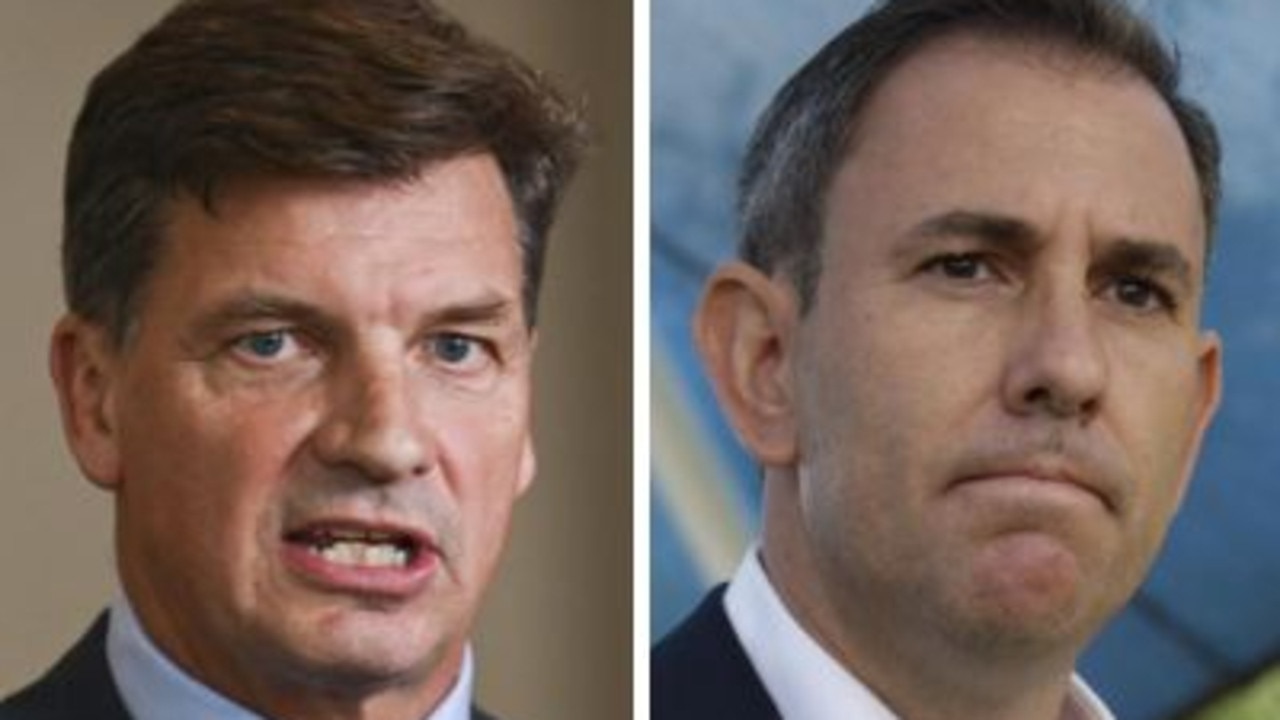The 2015 Federal Budget: Your five-minute guide
HOW will the 2015 Budget affect you? Are you a winner or a loser? This five-minute guide gives you the rundown on all you need to know.
Fed Budget
Don't miss out on the headlines from Fed Budget. Followed categories will be added to My News.
HOW will the 2015 Federal Budget affect you? Who are the winners and losers?
Our five-minute guide gives you the rundown on all you need to know.
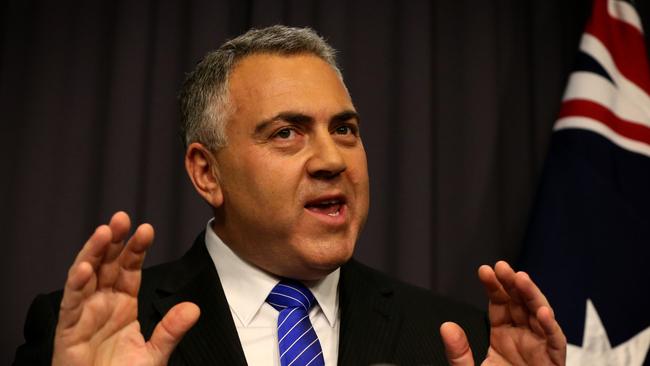
THE ECONOMY
— The 2015 budget deficit is $35.1 billion (below market expectation of around $41 billion) dropping to $25.8 billion in 2016, and then $14.4 billion in 2017 with expectation of a return to surplus by 2019
— Unemployment peaking at 6.5 per cent in 2015 and then falling to 6.25 per cent in 2016
— Inflation rising to 2.5 per cent this year and staying at that level through to 2018/19
— Total revenue $405.4 billion, up from $384.1 billion and up to $433.4 billion in 2016/17
— Real GDP expected to rise to 2.75 per cent and then up to 3.25 per cent the following year
— Net debt $285.8 billion rising to $313.4 billion in 2017/18
— Forecasts are underpinned by an expectation of an iron ore price of US$48 per tonne compared with the average spot price of US$96 per tonne over 2014.15
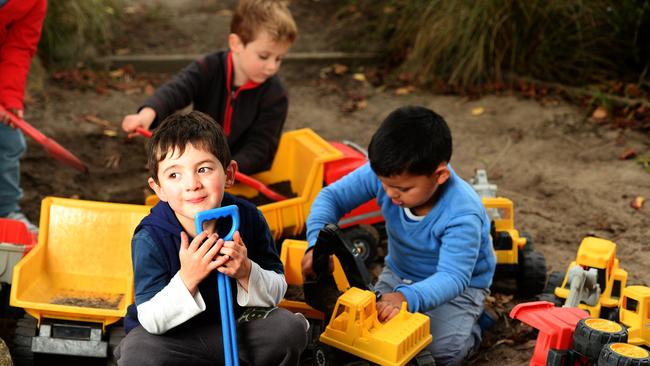
TAX
— FBT loophole allowing some not-for-profit and public health workers to cut tax by salary sacrificing the cost of certain expenses will limit tightened
— From Jan 2016 multinational companies suspected of avoiding paying tax in Australia will be subject to a fine of double what they owe in tax, plus interest.
— Extend GST compliance program to help the Australian Taxation Office to identify fraudulent GST refunds which should increase these tax revenues by $1.8 billion
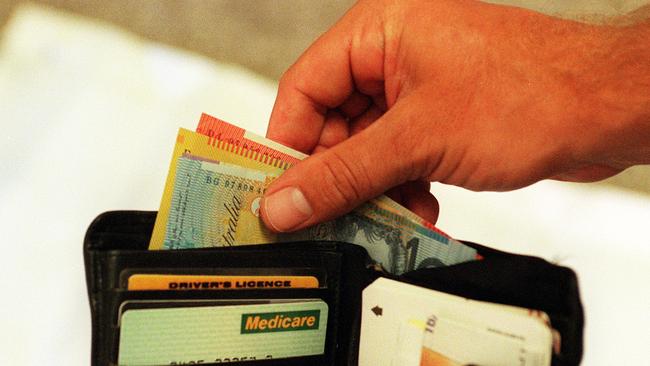
CUTS
— Foreign aid drops by $358 million to $3.479 billion including 40 per cent cut to aid to Indonesia to $323 million
— Stopping paid parental leave being claimed from employer and government at same time
SMALL BUSINESS
— $1.8 billion cut to company taxes over the next four years
— Small business (companies with annual turnover of less than $2 million) tax cut to 28.5 per cent from 30 per cent
— 5 per cent annual tax discount of up to $1,000 for unincorporated businesses
— Immediate small business tax deduction for every item up to $20,000 a year (up from $1,000 a year)
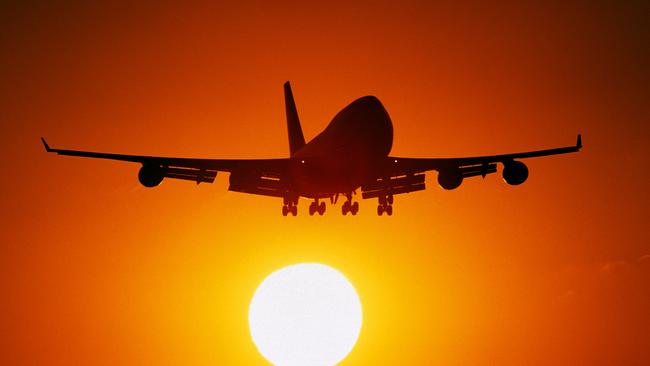
IMPORT TAX
— Digital movies, TV, books and music delivered by overseas companies will cost 10 per cent more from July 2017 in a policy dubbed the “Netflix tax” to raise $350 million over the next four years.
TRAVEL
-Working holiday visitors will be taxed at 32.5 cents from the first dollar they earn, up from 19 cents in the dollar on taxable income above the tax free threshold from July 2016 to generate around $540 million
— Changes to passports fees and other charges to raise a further $17.1 million for the government.
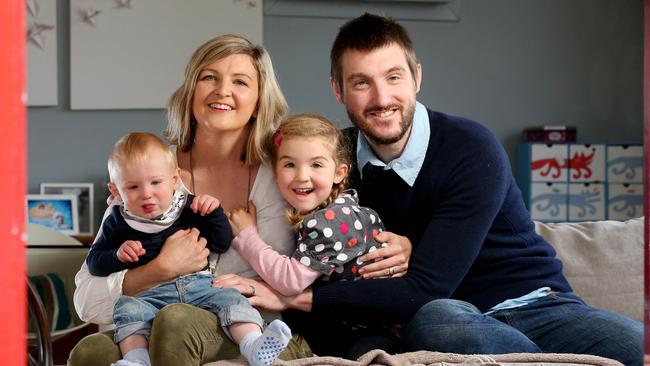
FAMILIES
— $4.4 billion families package includes $3.5 billion investment in childcare over five years
— Families earning around $65,000 or less will receive a subsidy of 85 per cent of their child care fees (up to an hourly fee cap)
— No annual cap for families earning around $180,000 or less.
— Activity test will closely align hours of subsidised care with the amount of work, training, study or volunteering by parents.
- $409 million to help families with additional needs to access childcare.
— Trial to extend childcare subsidies to nannies will cost $250 million for subsidised care to about 10,000 children by 4,000 nannies.
- $843 million over two years for preschool programs

EDUCATION
— Extend National Collaborative Research Infrastructure funding for one more year at cost of $150 million
— Cut $150 million from Sustainable Research Excellence grants funding to redirect to research infrastructure
— Cut $131 million from Education Department, including abolishing the internal Office of Learning and Teaching and set it up at a university instead
— Cut $26.7 million from co-operative research centres
— Pursue HECS debts from people who move overseas, saving $26 million over four years
— $4 million to establish Bjorn Lomborg’s Australia Consensus Centre think tank

HEALTH
— Prescription medicine to rise by $5 a script (80 cents for pensioners) from January next year
— $1.3 billion to be spent on new cancer and eye medicines as well as new shingles vaccine
— Government to cut price it pays for some medicines to save $252 million
— Spending on Medical Research Future Fund down $1.3 billion to $3.487 billion
— $1 billion e-health record will get a further injection of funding and will switch to opt out

PENSIONERS
— $44 billion spend estimated in 2015
— 170,000 pensioners with modest assets to have $30 average increase in pension a fortnight provided they own their own home and have additional assets worth less than $250,000 (singles) and $374,000 (couples)
— Tens of thousands of wealthy retirees will no longer receive the full pension, and many will also see a reduced part-pension as the government drops the eligibility threshold.
— Single homeowner could hold assets up to around $800,000 and a couple could hold assets up to $1.2 million (down from $1.5 million) to still be eligible for a part pension
— Pensioners living or travelling overseas will have their pension assessed after 6 weeks instead of 26 weeks. If they’ve been in the workforce for less than 35 years the part-pension will tallied on a sliding scale. The measures will save $168 million.

SECURITY
— $1.2 billion new funding to counter terrorism
— $450 million boost to intelligence capabilities
— $296 million extra for spy agencies including $50 million for overseas spies in ASIS
— $131 million to capture metadata
— $22 million to counter extremist propaganda
DEFENCE
— Defence budget up by $2.7 billion to $31.8 billion a year
— Extra $750 million for overseas operations in 2015/16 taking total spending on operations since 1999 to $16.6 billion.
- $382 million for Iraq mission
— Defence public servant numbers to drop by 2000 over two years
— Minor increase for veterans affairs taking budget to more than $12 billion
— $10 million for extra case workers for modern veterans
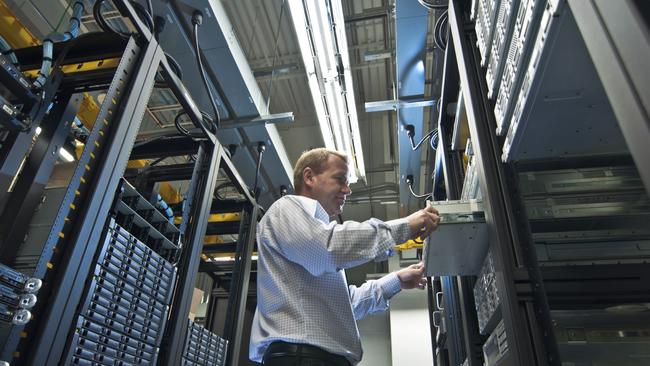
WELFARE
-six-month wait for the dole for young people has been scrapped and replaced with a new 4 week wait period for under 25s.
-$331 million Youth Employment Strategy, including a $212 million program to get disengaged 15-21 year olds job ready, another $106 million to target highly vulnerable young job seekers including those with mental health conditions.
— Abandoning ‘personal contact’ interviews for jobseekers. Dole compliance measures like ‘no show (to interviews) no pay’ will be strengthened, and a single $1.2 billion wage subsidy pool will wrap existing schemes like newstart together, which provide cash bonuses to employers taking on older workers or long-term welfare recipients.
Originally published as The 2015 Federal Budget: Your five-minute guide


